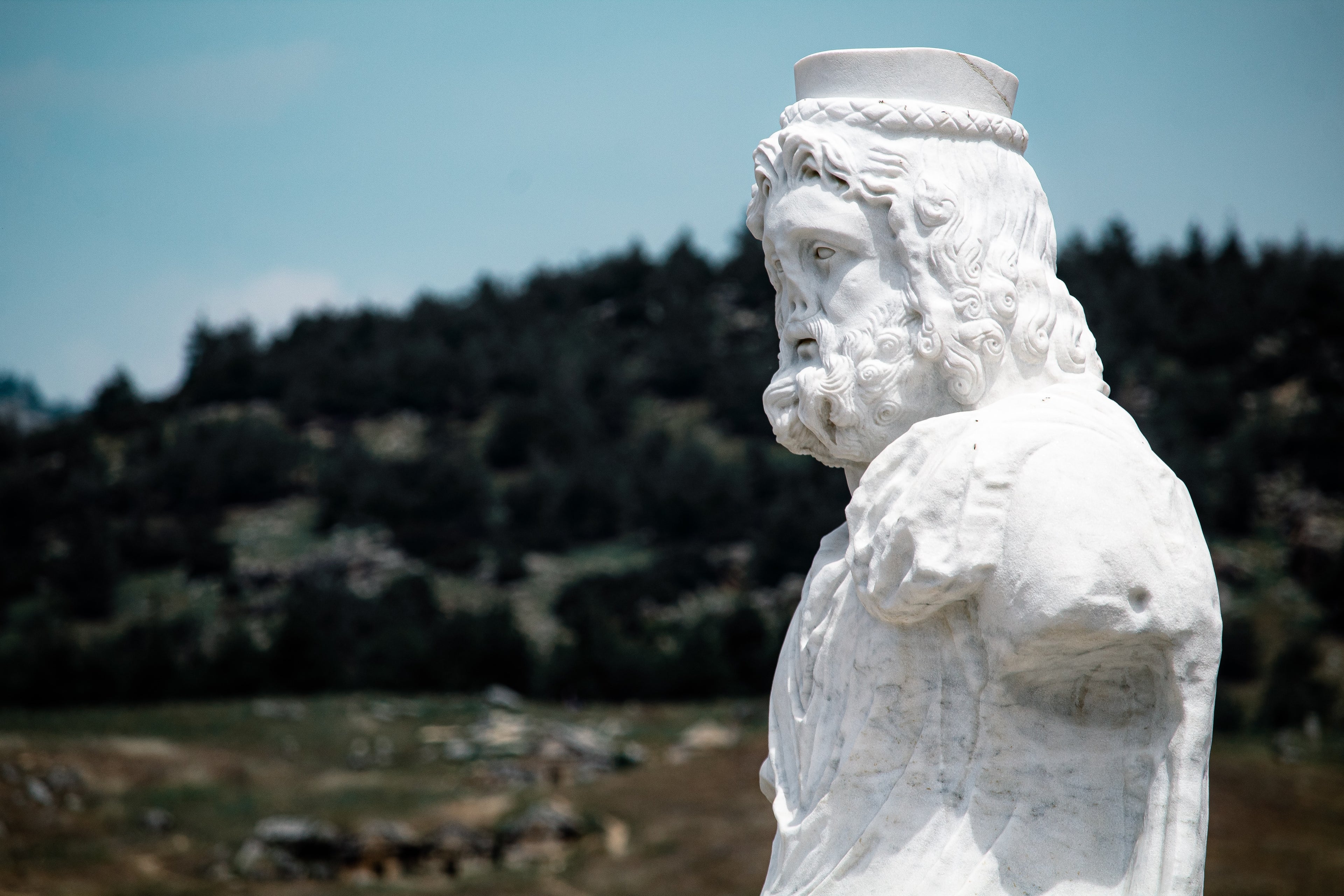
Isleworth's Roman Legacy
Isleworth has a rich Roman heritage that has left its traces even today. According to archaeological evidence, there was likely a small settlement or village in Isleworth's location during the Roman occupation of Britain.
Though not situated on major Roman roads, Isleworth's proximity to the River Thames placed it close to the important commercial and transport artery that was the river. There was also industrial activity, with pottery kilns discovered that likely supplied pottery material and artifacts to the greater London area.
Several Roman cremation urns have been unearthed over time within Isleworth, indicating it was certainly an area of funerary activity in that era. The most remarkable discovery came in 1926 - the Isleworth Mona Lisa. This beautiful 2nd century AD portrait etched on a wood plaque unearthed at the site was dubbed thus for its resemblance to Leonardo da Vinci's Mona Lisa.
Within Syon Park, the stately manor estate and gardens contain the site of an unearthed dwelling that was likely a Roman villa or farm. Its remains indicate a structure of status, with evidence of painted plaster walls - luxury decorations that would have been costly at the time.
So while Roman Isleworth lacked towering monuments or civic amenities, archaeology shows it to have been a small but vibrant township with aristocratic residents. The Isleworth Mona Lisa and Syon Park villa ruins offer tantalizing clues to this rich classical heritage that laid the groundwork for the area's later prominence.
The legacy of bustling industry and a strategic riverside location enduring today has clear origins in Isleworth's little-known Roman history!
Collections
-

Claudia Marchese
About the Artist Claudia Marchese is an Italian painter and designer illustrator...



